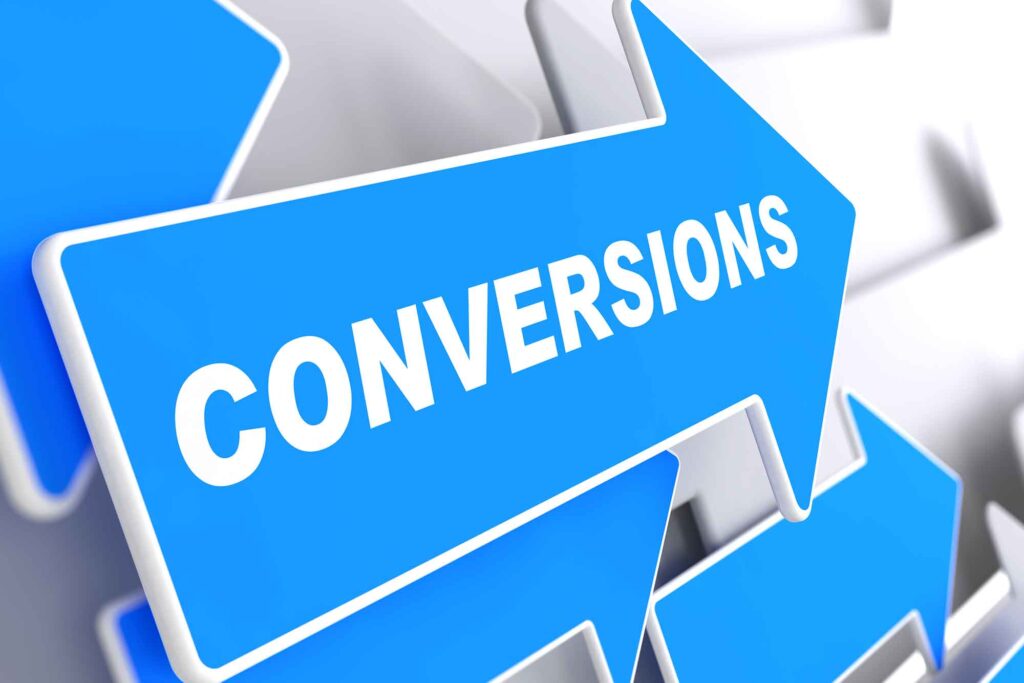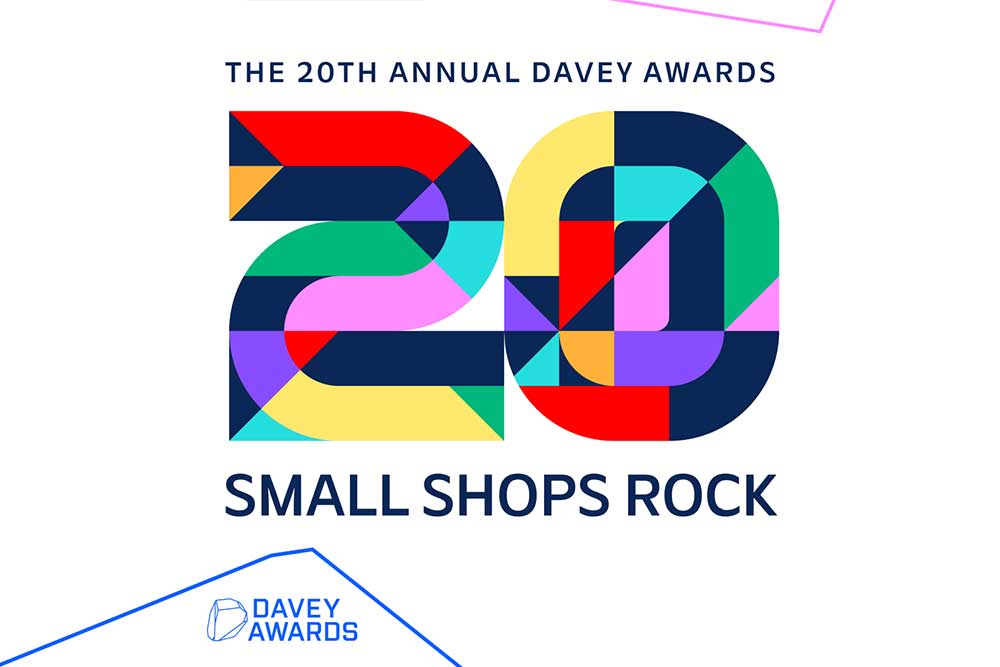
A well-crafted website landing pages serve as crucial touch points for converting visitors into leads, customers, or subscribers. Whether you’re promoting a product, offering a free resource, or driving sign-ups for an event, a well-designed landing page can make all the difference in capturing user interest and driving action. Let’s explore some best practices to help you create high-converting landing pages that deliver results.
- Clear and Compelling Value Proposition: The headline and subhead of your landing page should clearly communicate the value proposition of your offer. Let visitors know what they’ll get by engaging with your page and why it matters to them. Use concise and compelling language that addresses their needs, pain points, or desires, and highlights the benefits of your offer.
- Focus on a Single Goal: Every landing page should have a singular focus and a specific goal. Whether it’s encouraging visitors to make a purchase, download a resource, sign up for a webinar, or request a demo, keep the primary call-to-action (CTA) front and center. Minimize distractions and avoid clutter by removing any unnecessary elements that could dilute the page’s effectiveness.
- Engaging Visuals and Design: Use high-quality visuals, such as images, videos, or graphics, to enhance the visual appeal of your landing page and reinforce your message. Choose visuals that are relevant to your offer and resonate with your target audience. Pay attention to the overall design and layout of the page, ensuring it is visually appealing, easy to navigate, and optimized for both desktop and mobile devices.
- Compelling Copy and Benefits: The body copy of your landing page should expand upon the value proposition introduced in the headline and provide additional details about your offer. Highlight the key benefits, features, and unique selling points that differentiate your offer from competitors. Use persuasive language and storytelling techniques to captivate visitors and compel them to take action.
- Social Proof and Trust Signals: Incorporate social proof elements such as customer testimonials, case studies, client logos, or user reviews to build trust and credibility. Showcase positive experiences and endorsements from satisfied customers to reassure visitors that they are making the right decision by engaging with your offer. Trust signals help alleviate concerns and objections, making visitors more likely to convert.
- Clear and Compelling Call-to-Action (CTA): Your CTA should be prominently displayed and clearly communicate the desired action you want visitors to take. Use action-oriented language that prompts immediate response, such as “Buy Now,” “Download Your Free Guide,” or “Register Today.” Make sure the CTA button stands out visually with contrasting colors and ample white space around it.
- Optimized Form Fields: If your landing page includes a form for collecting visitor information, keep it short, simple, and easy to fill out. Only ask for essential information that is necessary for fulfilling the offer, such as name and email address. Use inline validation to provide real-time feedback and guidance as users complete the form, reducing friction and improving the user experience.
- A/B Testing and Optimization: Continuously test and optimize your landing pages to improve performance and maximize conversions. Conduct A/B tests on different elements such as headlines, visuals, CTAs, form fields, and layout variations to identify what resonates best with your audience. Analyze the data and iterate based on insights gathered from testing to refine your landing pages over time.
In conclusion, effective landing pages are essential for driving conversions and achieving your marketing objectives. By implementing these best practices, you can create landing pages that engage visitors, communicate value, and compel action, ultimately driving measurable results for your business.


